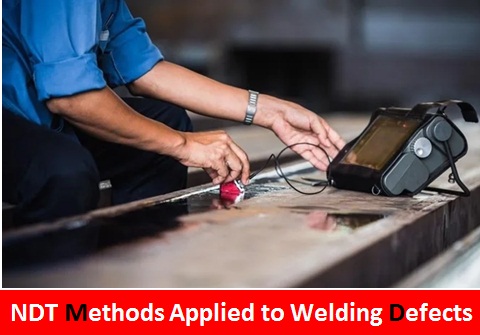NDT Methods Applied to Welding Defects
Manufacturers require non-destructive testing (NDT) to analyze the qualities of a material, component, structure, or system for distinctive variations, welding faults, and discontinuity without causing harm to the original part.
Why NDT for Welding is Significant:
crossorigin="anonymous">style="display:block; text-align:center;"
data-ad-layout="in-article"
data-ad-format="fluid"
data-ad-client="ca-pub-8199620958015516"
data-ad-slot="5640203594">
The assessment of weld quality is one of the most prevalent applications of nondestructive testing (NDT). This is due to the fact that welds are used in a wide range of vital industrial applications all over the world. Because damaging a weld for testing implies replacing it with a fresh, untested weld, the ability to check welds nondestructively is critical. As a result, the vast area of nondestructive testing procedures for welding has seen substantial technical advancement.
The Benefits of NDT of Welds:
Each nondestructive welding testing method has the same purpose: to find any internal faults that might lead to weld failure. The need for testing increases as the repercussions of weld failure range from small to severe. Many welding applications might result in serious injury if they fail, necessitating extensive testing.
crossorigin="anonymous">style="display:block; text-align:center;"
data-ad-layout="in-article"
data-ad-format="fluid"
data-ad-client="ca-pub-8199620958015516"
data-ad-slot="5640203594">
Welds are omnipresent in modern industrial civilization, necessitating efficient testing procedures. NDT is cost-effective since it can prevent the need to replace an item before it malfunctions without harming it.
This testing method also provides operators with a sense of security by ensuring that equipment is operating as it should, preventing future incidents, and determining any life extension measures that may be performed.
Liquid penetrant, magnetic particle, radiography, eddy current, and ultrasonic testing are the most prevalent forms of nondestructive testing for welds, omitting basic sensory inspections. The most obvious benefit is that the items being examined are left intact by the procedure, allowing an object to be fixed rather than replaced if any issues are discovered.
These methods are also relatively safe for operators, although some tests, such as radiographic testing, must still be performed under stringent guidelines.



